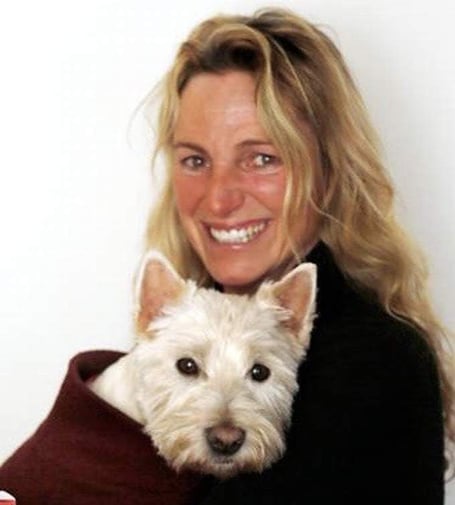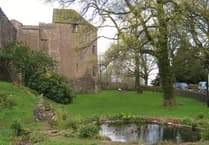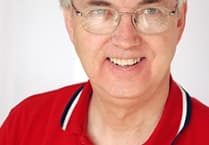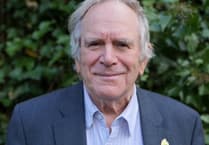I have recently been diagnosed with a ‘disorder’. Self –diagnosed admittedly, with the disorder being OCD – Obsessive Compost Disorder.
It is something that has become more apparent with age, although the signs were definitely there when I was a kid. Despite hardly being able to recall pin numbers and passwords, I vividly remember my granddads compost heap and being totally enamoured with it. I would have been about 5 years old. It was at the top of the orchard and in good old-fashioned style, was a freestanding, perfectly square heap of gardening – and kitchen – history, revealing just what had been cut back in the garden or cooked in the kitchen. The sides were perfectly straight and square – with no thought ever given to a compost bin or bay. I didn’t appreciate the engineering involved as a kid, but certainly do now, and whilst I admittedly use timber in some form to avoid spillage and ‘muttering’, I do endeavor to make compost in most of my client’s gardens.
As if the perfectly square, sweet-smelling, magnificently managed compost heap wasn’t impressive enough, my granddad used to utilised it by growing courgettes and pumpkins in it. I recall watching the hungry feeders respond like Jack’s beanstalk, by growing a mile a minute and with Dr Who-like tendrils. Such wonderful and vivid memories.
I grew courgettes and tomatoes on a client’s compost heap this year and was recently rewarded with an excited text and photos of their haul in both raw and cooked stages. More wonderful memories made.
I have another client who makes her own simply-beautiful compost. I have never seen such magic – not even in my granddads orchard - and freely admit to a little compost-envy. It is the most friable, rich medium and she casually admits to ‘nothing leaving her garden’, with all ‘waste’ being composted.
No-dig guru, Charles Dowding’s new book, ‘Compost’, is subtitled, ‘transform waste into a new life’, which of course is exactly what happens, adding to the magic. Released on September 5th, I have been lucky enough to review the beautiful book and love it. I think a lot of people are ‘afraid’ of getting compost wrong – which of course, is possible. It’s not just a case of chucking ‘everything in a corner and letting it rot’, but with a bit of knowledge and care and love, it is very doable and very rewarding.
I often get asked if you can compost perennial weeds like docks, and as Charles reassures us, the tough roots will also decompose as long as they’re not exposed to light. Similarly, people are uncertain about adding weed seeds but again Charles explains that just a day or two above 50 degrees is enough to kill weed seeds, so he advises putting them in the centre of the compost heap. Of course, success is all about the quality of the compost heap itself, which is why I highly recommend reading the book. Preparation and understanding will allow you to ‘recycle’ most things in your garden and reap fabulous rewards.
Whilst it is common practise to have slatted sides on a compost bin, trial and error has proven otherwise for me, and Charles confirms this by explaining that it simply lets air in which will cool the compost. Solid sides are much better as they allow moisture to be retained and heat maintained. This wouldn’t have been the case with my granddads freestanding compost heap, which makes his endeavors even more impressive, and him even more of a hero in my eyes.
You can pre-order Compost from www.charlesdowding.co.uk





Comments
This article has no comments yet. Be the first to leave a comment.